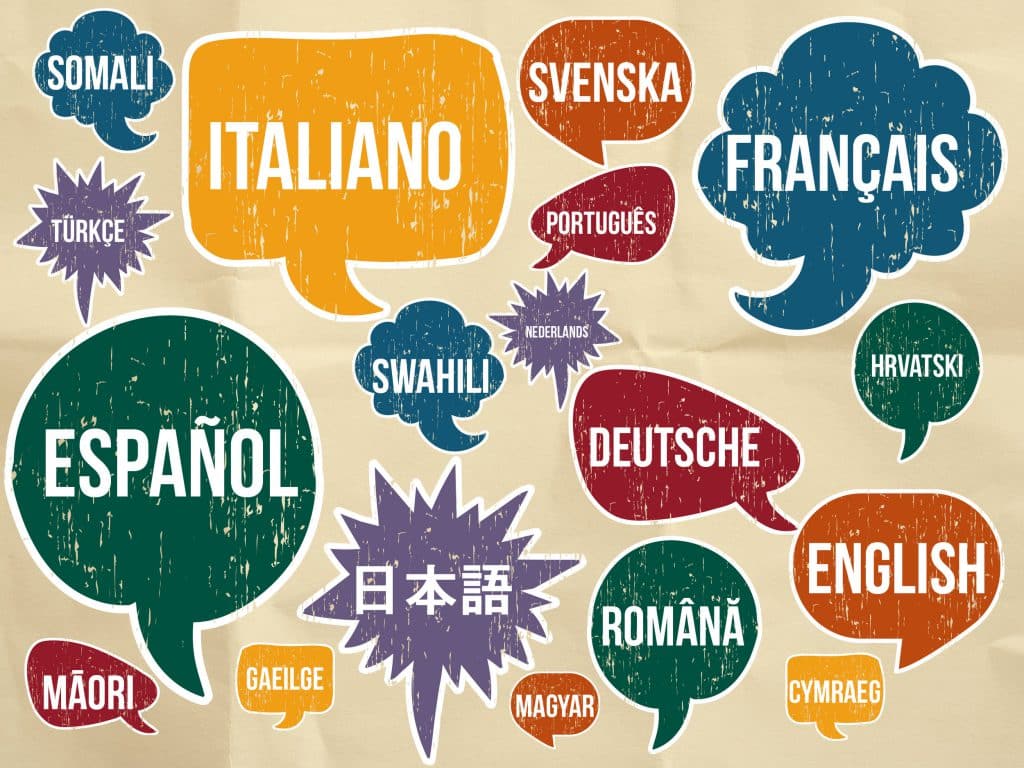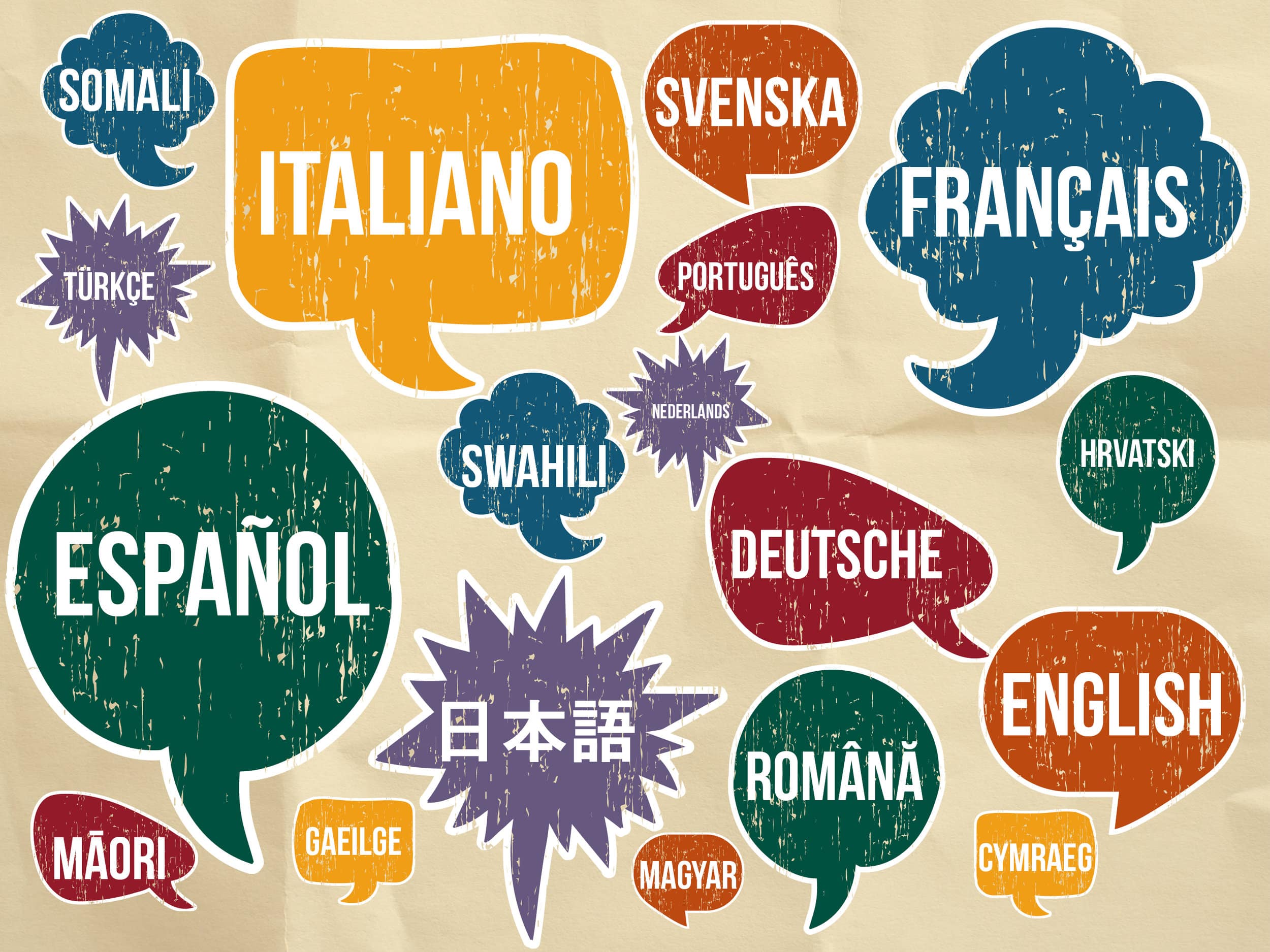
In-ear translator could overcome language barriers
Alex Miller, The Vision Magazine Editor-in-Chief
Graphic courtesy of Emily Artus.
“Guten Tag,” “Salaam,” “Ni Hau,” “Vous avez quelque chose dans vos dents.”
All of these phrases mean one of two things: A friendly greeting or “You have something in your teeth.” It’s important to know the difference when speaking to someone. But in a world with 6,909 languages, that’s impossible. That is, until Waverly Labs introduced its Bluetooth, in-ear device, The Pilot.
“The Pilot is the first smart earpiece which translates between users speaking different languages,” said Andrew Ochoa, Founder and CEO of Waverly Labs.
With social media and smart phones pulling us together, the world has become smaller. Could this technology shrink us down even more by smashing language barriers?
The device consists of two wireless Bluetooth ear buds which fit snugly to your ear. When you’re not using both of them to listen to your favorite music, you can give one to your foreign-language-speaking friend, open up the Pilot app on your smartphone and translate each other’s languages in real-time. This new invention gone viral is expected to be released in May 2017, but can be preordered now.
This wearable technology has had its share of skeptics and Ochoa has done his best to make the product’s purposes clear.
“We want to be transparent. [The Pilot] is only going to work in certain conditions. We don’t want to make any promises… that we could give you an earpiece and drop you off in the middle of Tokyo,” said Ochoa.
True, there are some drawbacks to the newborn technology. It’s probably more of a hassle to pause and stick an earbud in someone’s ear whenever you need to converse. But while the Pilot may not be able to keep up with the fast-paced nature of today’s world, it could dramatically impact one-on-one relationships when you have an hour to sit down in a café and get to know someone. So it’s not “revolutionary” per say, but it’s certainly a step in that direction.
However, for lovers of linguistics, an invention like this seems a bit lazy. There are plenty of good reasons to spend time learning language. It gives you an edge in the career world and it provides deeper understanding of culture; both of those things open up opportunities to build community and advance in the career world.
Spanish instructor at North Greenville University, Burl Walker, loved the idea behind the technology.
“The earpiece may not be exact, but it’s close enough that I can figure it out. It’s good even though it’s not perfect. A little communication is better than none,” said Walker.
However, he warned users not to have huge expectations of the device’s community-building capabilities. Relying on technology for translation is much like reading literature translated from its original language. When you read it in your mother tongue, you can get a pretty solid idea of what the writer is saying, but when you read the original you notice all of the small details that somehow got lost. Those details are what add color, movement and meaning to language.
“When you actually learn a language and a culture, you understand people on a much deeper level,” said Walker. “Electronics are wonderful for just getting an idea of what the topic of the conversation is, but if you really want to understand something, you’ve got to learn the language,” he continued.
Not only do translation machines like Google Translate or Babel Fish lag, they also don’t fully account for the differences in culture or slang words. For example, the Spanish word “torta” just refers to a popular dish in Mexico, but in Spain its vulgar connotations would earn you a slap in the face.
“A computer can’t tell the difference in oral speech as far as context and even tone goes,” said Walker. “For example, ‘I can do that’ where ‘can’ is a verb or a ‘can of beans’ where ‘can’ is a noun, it could translate backwards. But if you aren’t even a tad familiar with the language already, you might not notice,” he continued.
Regardless of all the things that could go wrong, technology is only expanding. This Star Trek-esque device could be what flings us into a future of understanding all cultures. And imagine what we could do if we just understood people?
If you have $129 to spare, it could be a fun product to test out. Take it with you as you explore the world; start a French romance, climb the ancient Mayan ruins or ride an elephant in India. The possibilities are as endless as your bravery (and money) will take you.

